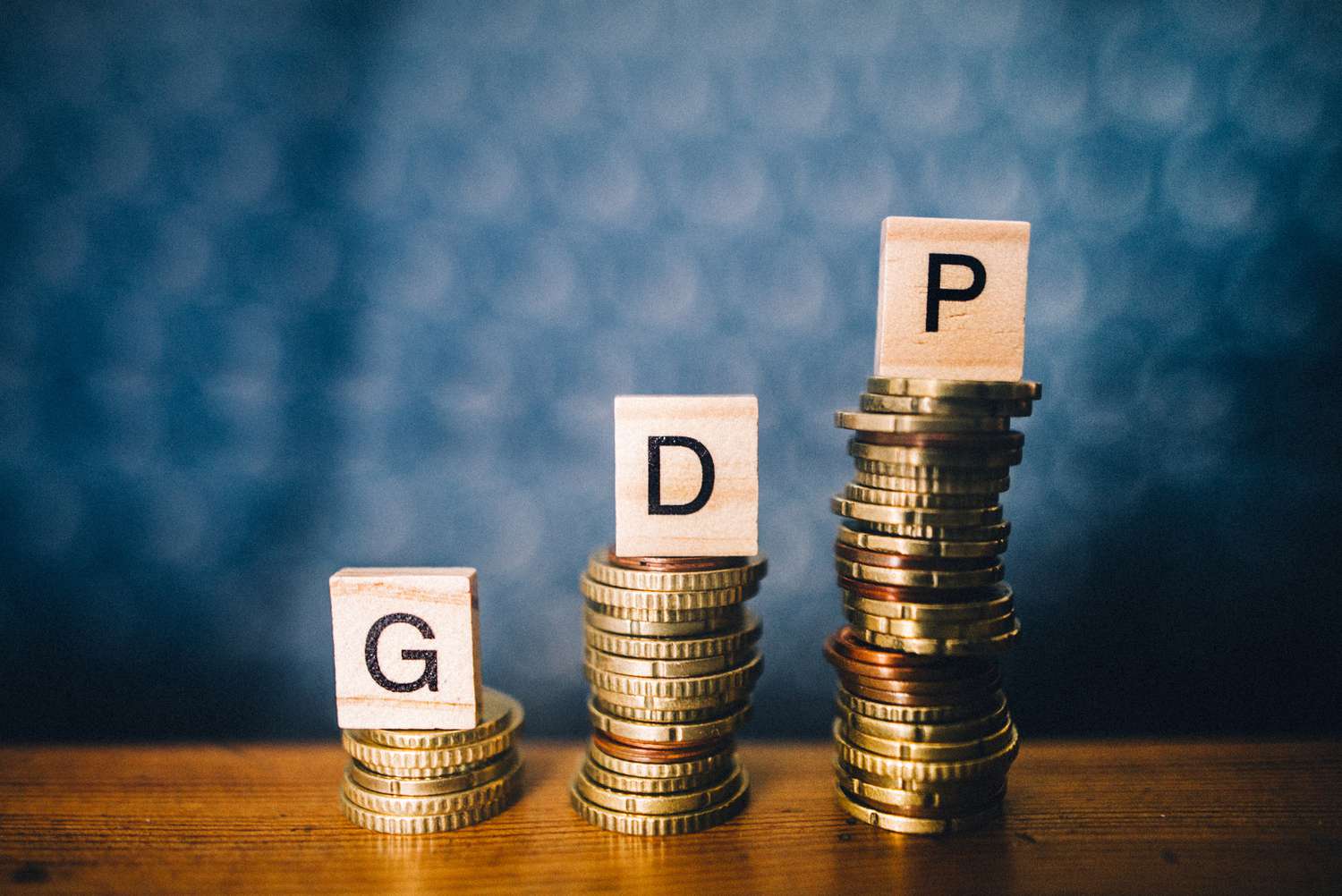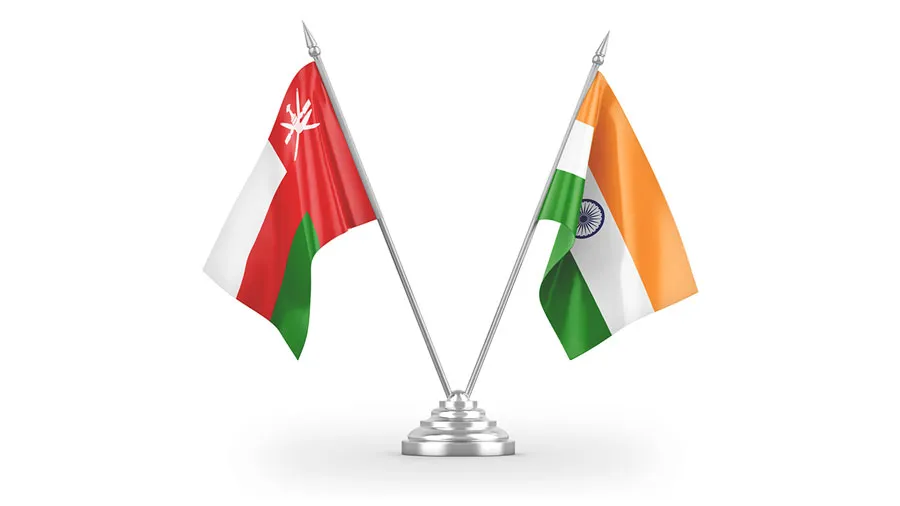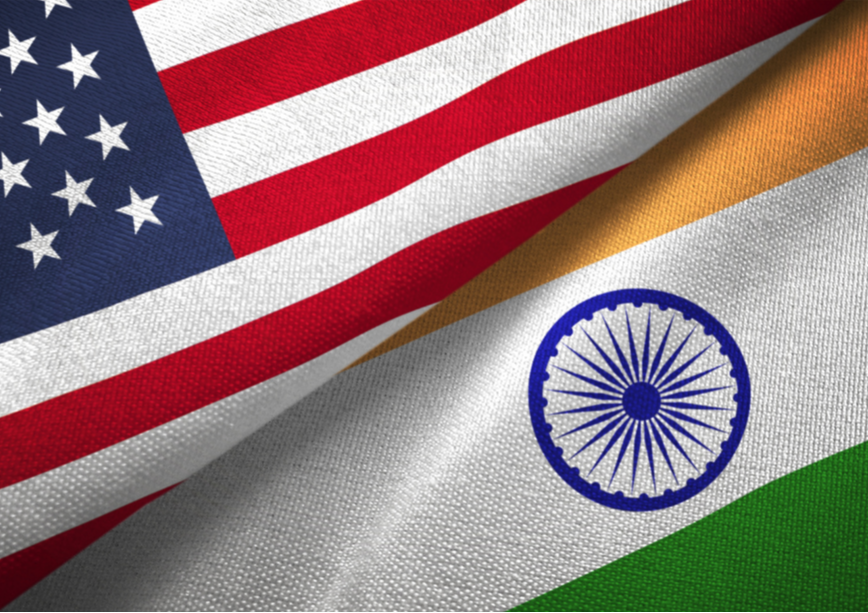Indian GDP growth expected to reach 6.6 per cent in Q3 FY25: Bank of Baroda Report

NEW DELHI: India’s Gross Domestic Product (GDP) is projected to grow at 6.6% in the October-December quarter of 2024-25, down from 8.6% recorded in the same period of 2023-24, according to a report by the Bank of Baroda. Despite the slowdown, the report highlights that economic growth remains steady, driven by agriculture, government spending, and the services sector.
A key factor supporting economic stability is the government’s increased capital expenditure, which has risen to 47.7% in Q3FY25 from 24.4% in Q3FY24. This has led to higher construction activity in sectors such as highways, ports, and railways, generating employment and boosting incomes.
The financial sector continues to perform well, with higher credit and deposit growth, while rural demand is showing signs of improvement. This is reflected in the rising sales of tractors and two-wheelers. Agriculture growth is also expected to accelerate to 4.5% in the third quarter, compared to 0.4% in Q3FY24, supported by better foodgrain production and strong rabi acreage.
The services sector is projected to grow at 6.9% in Q3FY25, slightly lower than 7.1% in the same period last year. Within this sector, trade and hospitality are expected to expand at 6.9%, driven by rising demand in the “experience economy.” The financial sector is forecast to grow at 6.5%.
However, industrial and manufacturing growth are showing signs of moderation, partly due to a high base effect. Industrial growth is expected to slow to 5.9% in Q3FY25, down from 10.2% in the year-ago quarter. Similarly, manufacturing growth is projected at 6%, compared to 11.5% in Q3FY24, impacted by lower corporate earnings in crude oil, steel, and automobile sectors. Mining sector growth is also expected to decline to 3% from 7.5% in the previous year.
The report cautions that global economic uncertainties, including geopolitical tensions, trade disputes, and economic fragmentation, pose risks to India’s growth outlook. External pressures on the currency and trade sector remain challenges despite the overall resilience of the economy.











